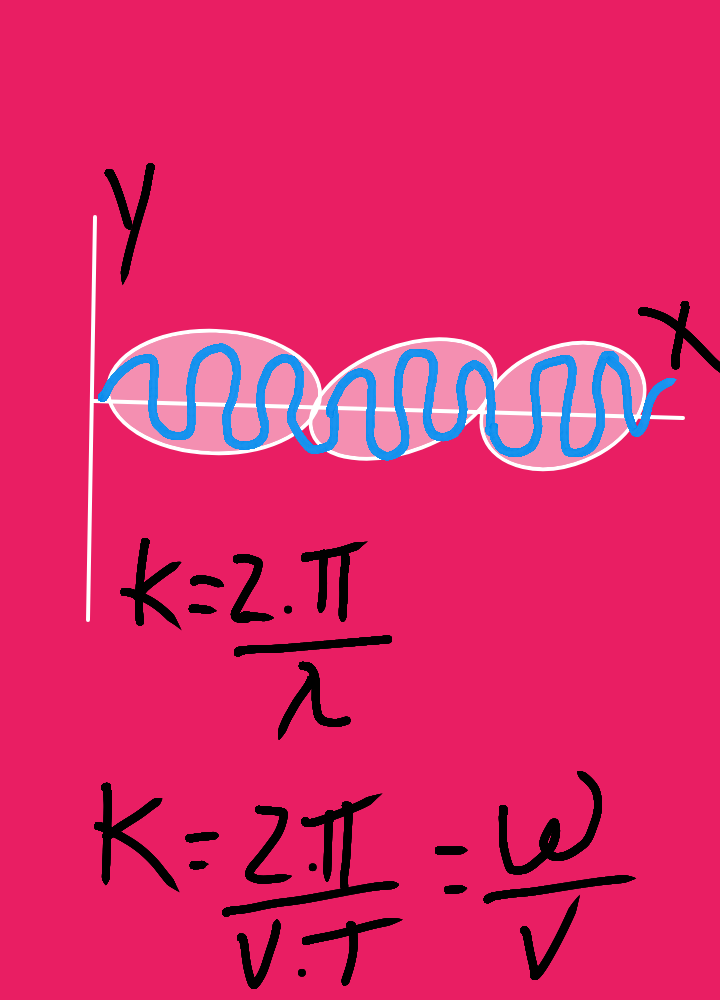Pulsations // Science and Technology

All points of a wave front become emitters of elementary waves, which propagate in all directions and the new east front will be enveloping all the secondary waves.
Continuing with the wave cycle, which in the previous publication I will share the following information, in the case of the standing wave as a physical phenomenon, it occurs when two wave movements interfere with the same frequency, amplitude but with a different sense, at along a line with a phase difference of half a wavelength. What is unique about this wave is the interference that occurs when equal waves propagate in opposite directions, more technically if we do not know this type of waves we find the following: in reference to the amplitude of the oscillation for each point depends on its position, the frequency is the same for all, but for this occasion we have the pulsations, where friend reader shows us if two waves with a different frequency arrive at a point, in which it can be evidenced that the same amplitude originates a phenomenon called pulsations.
When we talk about pulsations, interference must be known, where it shows us that when several waves coincide at the same point in the middle through which they propagate. The vibrations overlap and the state of vibration resulting from the point is the sum of those produced by each wave, which in turn produces oscillations as an additional part of the pulsation phenomenon, but what is unique is that for those who are unaware of this it is just an oscillation to call it that way, it is also a back and forth movement around a central or equilibrium point, under a frequency of time because the variation of a magnitude around a point along it is carried out in a magnitude of time or time interval.
Now we have the pulsations originated in the following way when two harmonic waves of similar frequencies overlap, the result of this superposition is a wave whose amplitude varies, this can achieve maximum and minimum values as regards friend vibration, since This phenomenon, as part of waves, has the particularity of the continuous phase shift of both waves as it occurs in a time interval. A new obda that propagates in the positive sense, which represents a pulsation ω in the form of the arithmetic mean of the pulsations of two waves which is superimposed and sharing this frequency:
ѵ = ω / 2π
ѵ = ω1 + ω2 / 2. 1 / 2π the resultant ѵ1 + ѵ2 / 2
For the case of the wavelength we have: λ = 2π / K
With these mathematical models it allows us to analyze the amplitude for ω1 and ω2, they are similar for their increase ∆ω and that of ∆K, which allows us to understand that the several of these two variables, their amplitude will be much slower than that of the wave by if alone, because it considers it as modulated amplitude. In most cases, it is evidenced in sound wave phenomena, interference of two very similar frequencies usually occurs, periodic intensity assessments are usually recognized as part of the acoustic pulsations, waves of equal amplitude that travel through the same medium in the same different direction and sense, but a very important data is the following for the case of pulsations are perceived for differences in frequencies of up to approximately 15-20 Hz, since the registration of differences greater than 15-20 Hz gives the sound perceived a harsh character, to put it this way, dear reader, because the difference increases, the two waves begin to be perceived again simultaneously and the frequency patterns are maintained separately.

This post has been manually curated by @bala41288 from Indiaunited community. Join us on our Discord Server.
Do you know that you can earn a passive income by delegating to @indiaunited. We share 80 % of the curation rewards with the delegators.
Here are some handy links for delegations: 100HP, 250HP, 500HP, 1000HP.
Read our latest announcement post to get more information.
Please contribute to the community by upvoting this comment and posts made by @indiaunited.
@tipu curate